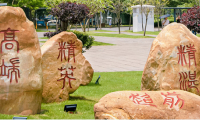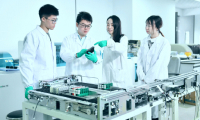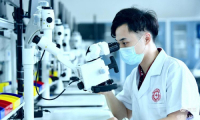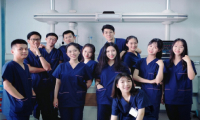【丽湖生工大讲坛第四十五讲】 Intracellular Chemical Reaction-Induced Self-Assembly to Control Cellular Fate
主讲嘉宾:Ja-Hyoung Ryu 教授
主 持 人:黄鹏 教授
时 间:2025年10月17日 周五 上午9: 30-10: 30
地 点:黑料网 丽湖校区A2-517(1)
主讲嘉宾简介:
Ja-Hyoung Ryu received his BSc (2000) and PhD (2006) form Yonsei University, Korea under Professor Myongsoo Lee. After his postdoctoral research with Professor S. Thayumanavan in University of Massachusetts at Amherst, he joined at the department of chemistry, Ulsan National Institute of Science and Technology in 2012. His current research interests include rational synthesis of supramolecular nanomaterials for the theragnostics, and intracellular supramolecular assembly for the control of the cellular function.

报告简介:
Intracellular chemical-reaction-induced self-assembly has emerged as a promising strategy for creating nanostructures in situ with biofunctionalities for interacting with biomacromolecules. This approach addresses the challenge of synthetic reactions occurring in complex intracellular environments by using various chemical reactions that respond to internal and external stimuli. Recently, we reported that in-situ disulfide polymerization inside mitochondria was achieved through a combination of a large accumulation of monomers (increased local concentration for polymerization) and a high ROS environment (chemical fuel for disulfide reaction). This polymerization process, which occurs in a mitochondrial reducing environment, is autocatalytic and continuously generates ROS while constructing bulky structures that cause mitochondrial dysfunction. This polymerization process is rare inside cells due to the intracellular reductive environment. However, the polymerization process of a thiol-containing monomer further increases the ROS level inside the mitochondria, thereby accelerating the autocatalytic process and inducing mitochondrial dysfunction. This in-situ polymerization shows great potential for anticancer treatment against various cancer cell lines, including drug-resistant cancer cells.










用户登录
还没有账号?
立即注册